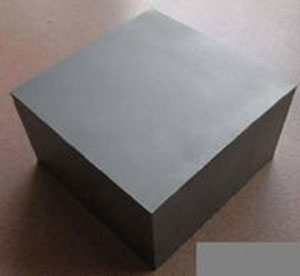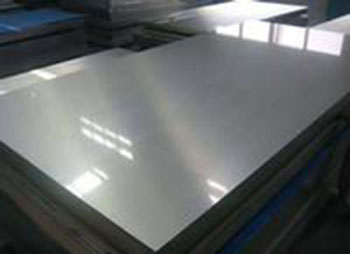Performance Requirements of Steel in Injection Molds Production
Injection molds generally need to work in a high temperature environment of 150 to 200 degrees Celsius when manufacturing plastic products in an injection molding machine. Therefore, the selection of raw materials in the process of manufacturing injection molds requires great attention, which plays a crucial role in the later overall injection mold life and the quality of the production of plastic products. And then, in the selection of injection mold steel raw materials need to meet what performance requirements?


In Shenzhen China, the selections of steel among the imported injection mold material of the plastic mold manufacturers usually are: 1) 8407 of Sweden; 2) S136 and 420 & H13 of United States; 3) Europe's 2316 & 2344,083; 4) Japan's SKD61 & DC53 (originally metal mold material, used under special circumstances) a class of steel. These materials have good cutting, heat treatment and polishing properties and high strength.


-
Sufficient surface hardness and wear resistance
The hardness of the injection mold is usually below 50-60HRC, and the heat-treated mold should have enough surface hardness to ensure that the mold has sufficient rigidity. In the work of the mold due to the injection of filling and flow to withstand greater pressure stress and friction, requiring the mold to maintain the shape of the accuracy and dimensional accuracy stability, ensure that the mold has a sufficient life. The wear resistance of the mold depends on the chemical composition of the steel and the hardness of the heat treatment, so enhancing the hardness of the mold is beneficial to enhance its wear resistance.
-
Excellent cutting workability
Besides EMD processing, Most injection molding molds need cutting processing and fitter repairs. In order to prolong the service life of cutting tools, enhance cutting performance, and reduce surface roughness, the hardness of steel for injection molds must be appropriate.
-
The 50 grade carbon pure steel has a certain strength and wear resistance, after quenching and tempering, it is mostly used for mold material. High-carbon tool steels and low-alloy tool steels have high strength and wear resistance after heat treatment and are used for forming parts. However, high-carbon tool steels are deformed due to the heat treatment, and are only suitable for manufacturing small-sized and simple-shaped injection molded plastic parts.
-
Good thermal stability
Injection mold parts are often complex in shape, difficult to process after quenching. Therefore, the steel with good thermal stability should try to be used. After heat treatment, when the two-color mold molding process of small linear expansion coefficient, heat treatment deformation is small, the temperature change caused by the small dimensional change rate, the metallographic structure and mold size is stable, can reduce or no longer processing, which can ensure the mold size accuracy With surface roughness requirements.
-
Good polishing performance
High-quality two-color injection molded products require a small cavity surface roughness value. For example, the surface roughness value of the injection mold cavity is less than the level of Ra 0.1 to 0.25, and the optical surface requires Ra<0.01 nm. The cavity must be polished to reduce the surface roughness value. Therefore, the steel requires less material impurities, fine uniform microstructure, no fiber orientation, and no pitting or orange peel defects occur during polishing.
In Shenzhen China, the selections of steel among the imported injection mold material of the plastic mold manufacturers usually are: 1) 8407 of Sweden; 2) S136 and 420 & H13 of United States; 3) Europe's 2316 & 2344,083; 4) Japan's SKD61 & DC53 (originally metal mold material, used under special circumstances) a class of steel. These materials have good cutting, heat treatment and polishing properties and high strength.

